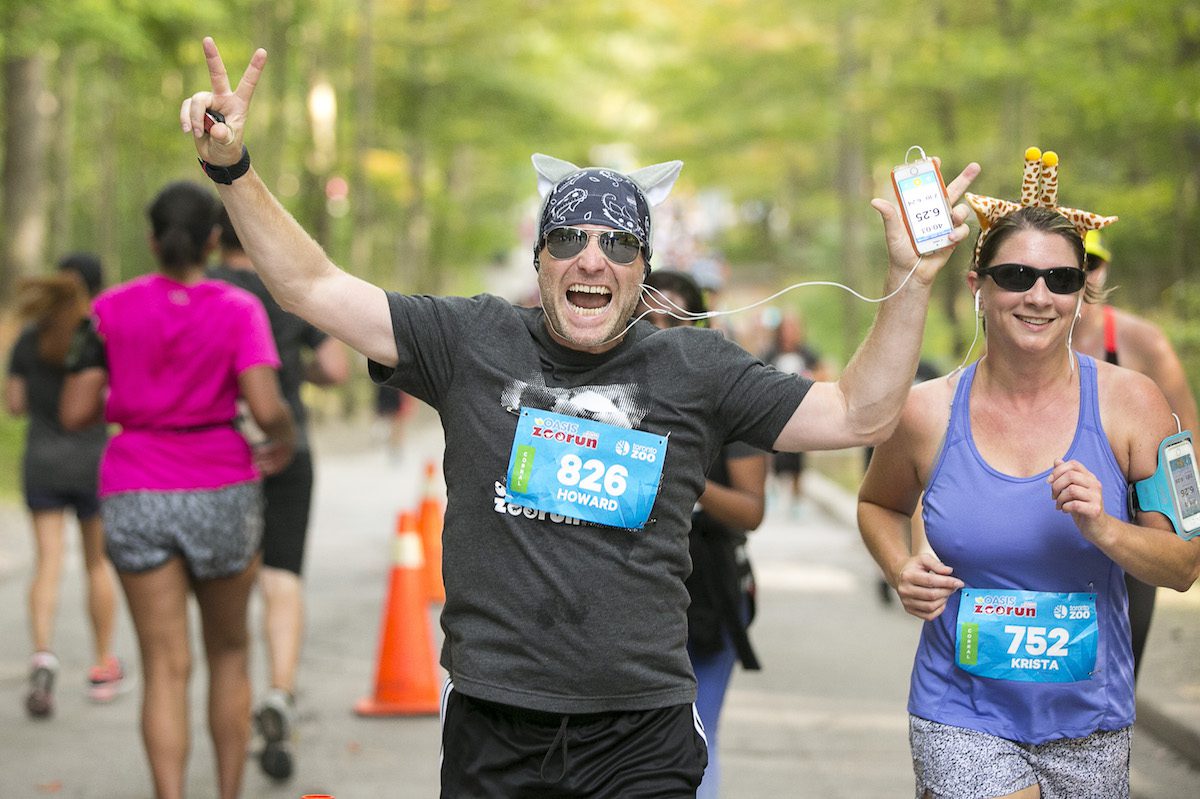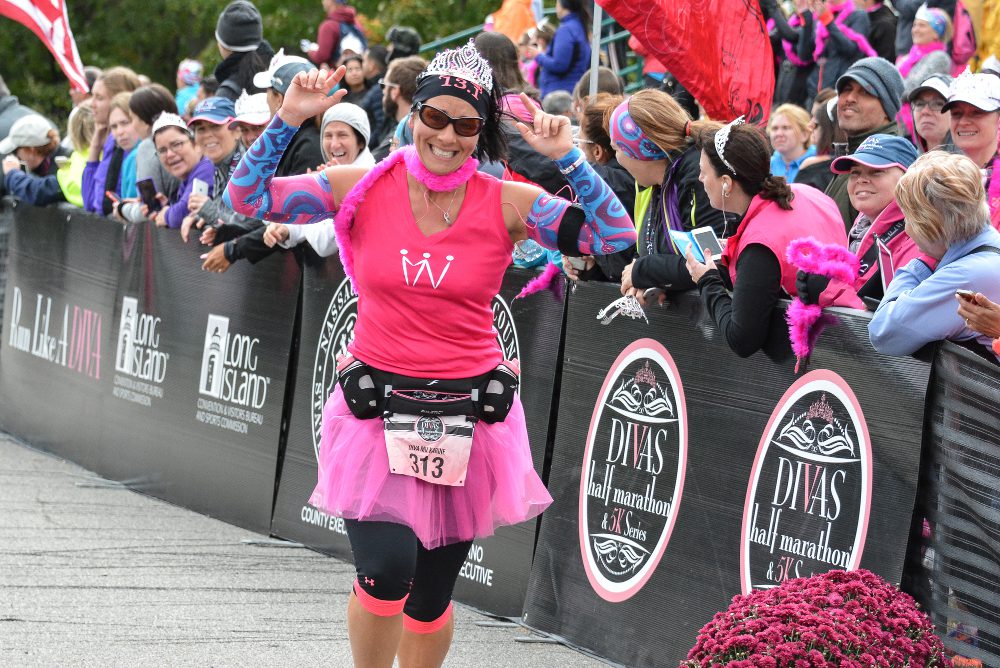Getting out there: five tips for the newbie runner
Whether you're taking up running for the first time or transitioning from another sport, here are some great tips to keep in mind


For some people, the idea of running is appealing, but it’s tough to actually get out there and make it a regular thing. You may like the thought of fresh air and exercise, and you know it’s great for your health, but you’re afraid it’s going to be hard, and how much it’ll hurt the next day. So we put together some tips for the new runner:
RELATED: Beginners: Train for your first 5K/10K in as little as six weeks
Invest in gear
You need a decent pair of running shoes if you’re going to enjoy the experience and avoid injuring yourself. (Cheap, ill-fitting shoes are likely to result in blisters or shin splints or worse.) Shoe technology has come a long way since running’s early days, when any kind of sneaker would do, and though you don’t need to spend hundreds of dollars to get started in the sport, you’ll definitely benefit from getting fitted by a professional at a specialty running store. (Added bonus: you’ll be able to impress your friends with terms like “gait” and “pronation.”)
Regarding clothing: most experienced runners prefer the sweat-wicking properties of technical fabrics, but when you’re just starting out, a T-shirt and athletic shorts or tights are fine. Remember that even light running will cause you to heat up, so dress more lightly than you would to walk to the corner store.

Easy does it
Many people say they don’t enjoy running, but it’s usually because they tried to go too fast, or too far when they were just starting. Better to train your body to deal with the specific activity of running slowly and work your way up to longer distances and a faster pace.
If you’re completely new to running or have not run in years, start by running for 20 minutes, slowly enough that you can talk and run at the same time. Don’t worry about how far you’re going. It’s OK to take short walk breaks (many learn-to-run programs actually recommend this). If you have a watch or a GPS and you enjoy keeping track of things, great, but it’s not necessary.

Phone a friend
There’s nothing like companionship to ease the discomfort of learning a new skill. Invite a friend to run with you, or join a running club or learn-to-run clinic. There’s another benefit: when starting out, carrying on a conversation while running will ensure that you’re not pushing yourself too hard for your running fitness level.
Set a goal
Some people do better if they sign up for a short race to keep them motivated. If this is you, find a local 5K and set a modest goal, like finishing the race standing up and smiling.

Aideen O’Brien, 50, is signed up for the Toronto’s Sporting Life 10K on May 13. “I have run a 10K before, but it was years ago,” she says, and shares that her training so far has involved some treadmill running along with weights, to improve her general fitness level rather than focusing exclusively on running. “My goal is simply to finish the race in under two hours,” says O’Brien, “even if it means doing a fair amount of walking. I’m fine with that.”
For O’Brien, the motivation to start running again had to do with the chance to support Camp Oochigeas, a camp for kids with cancer in Ontario’s Muskoka region and the Sporting Life 10K’s charity partner. She has raised over $1,000 so far.
Experiment with your route
You can run just about anywhere, but you’ll quickly discover what type of terrain makes you enjoy running the most, if you mix up your runs between sidewalks, country roads, forest trails, and track intervals. And when bad weather threatens to scupper your run, there is always the treadmill.


